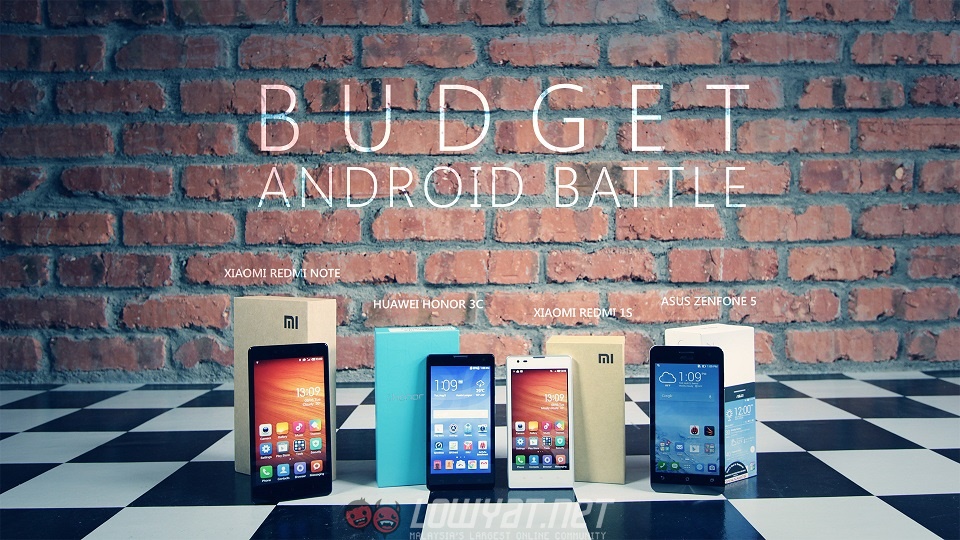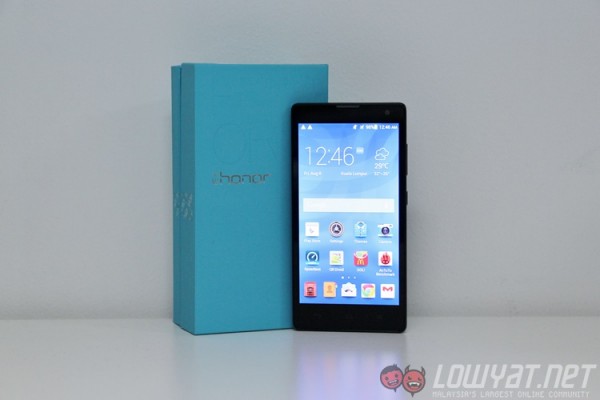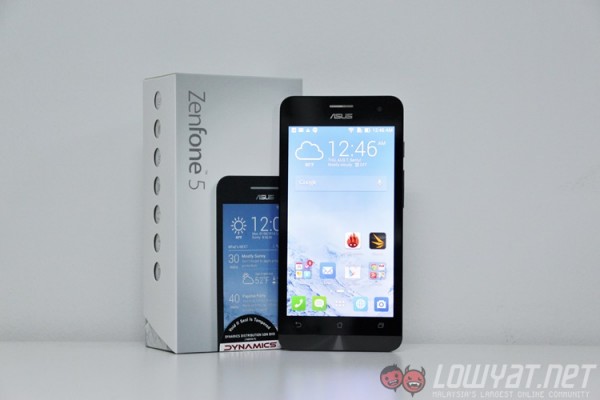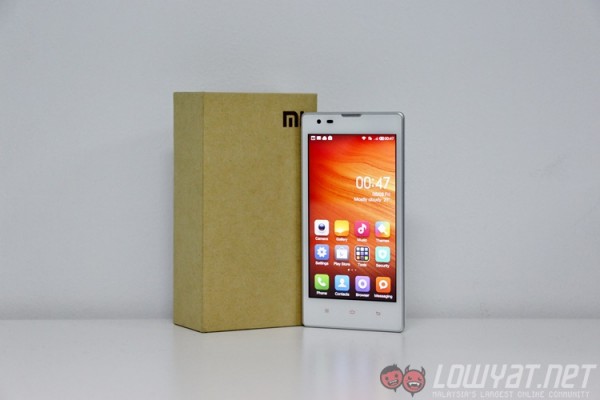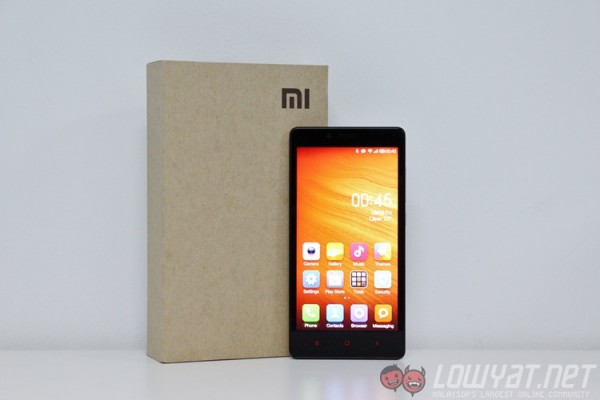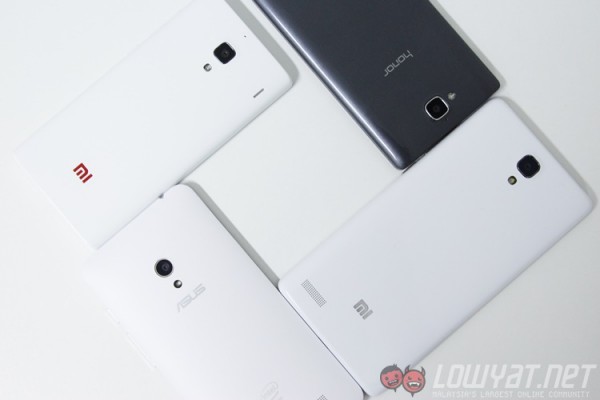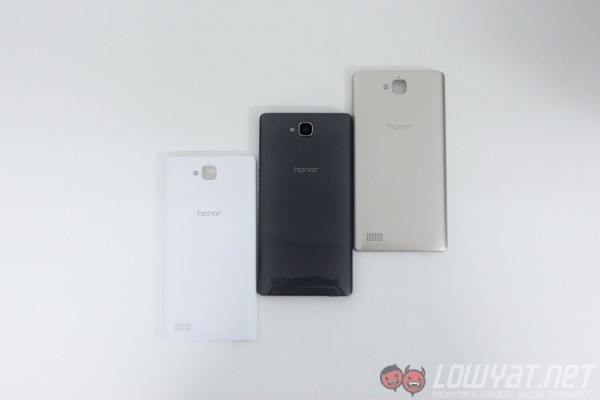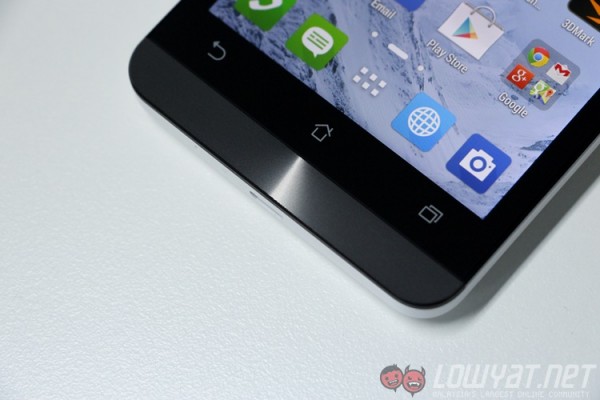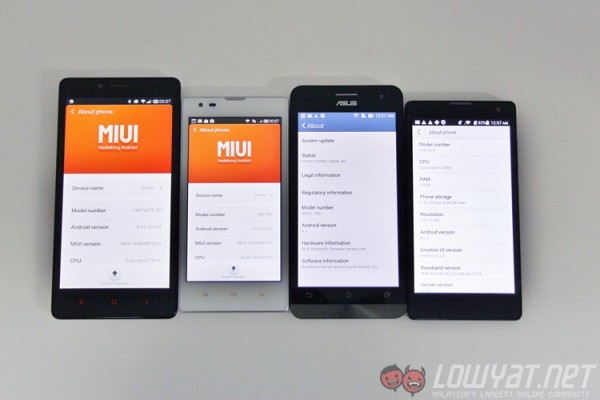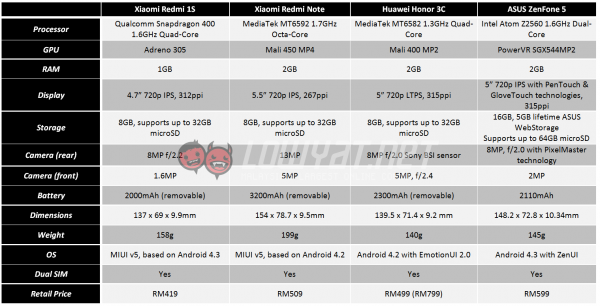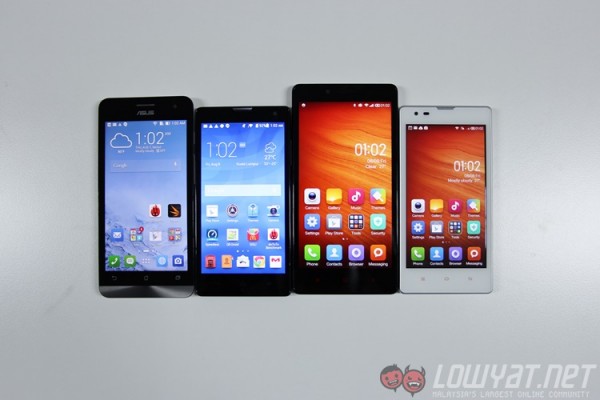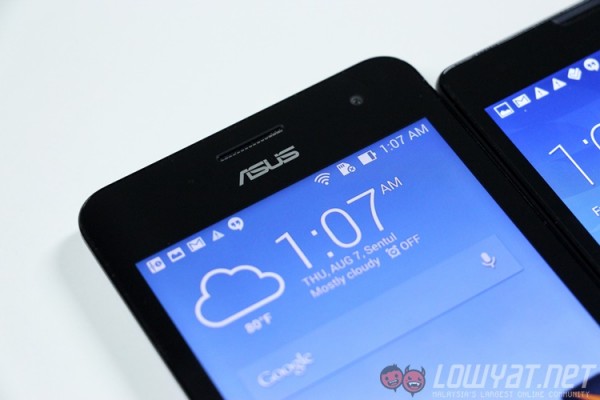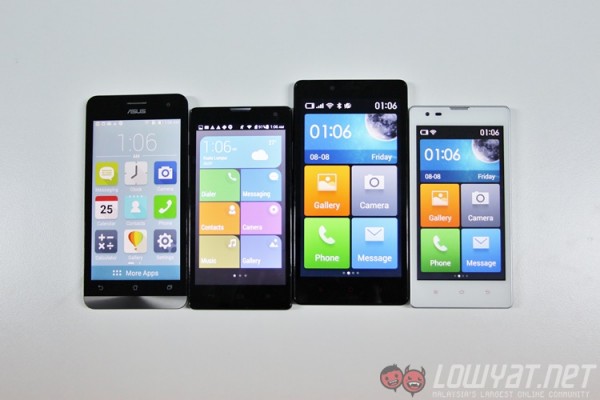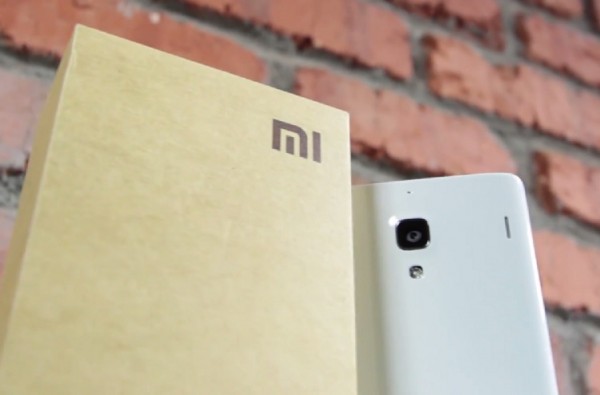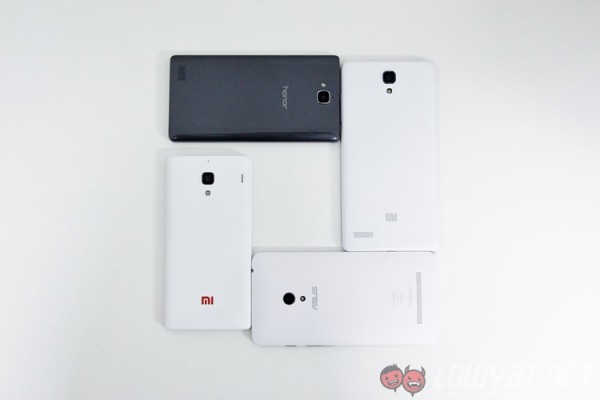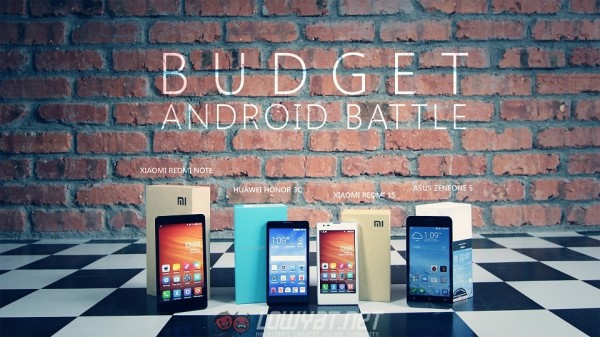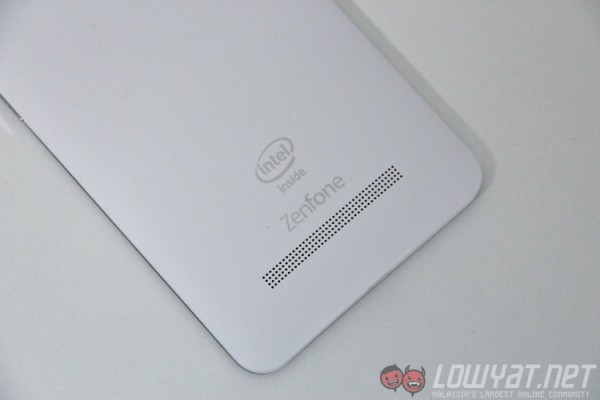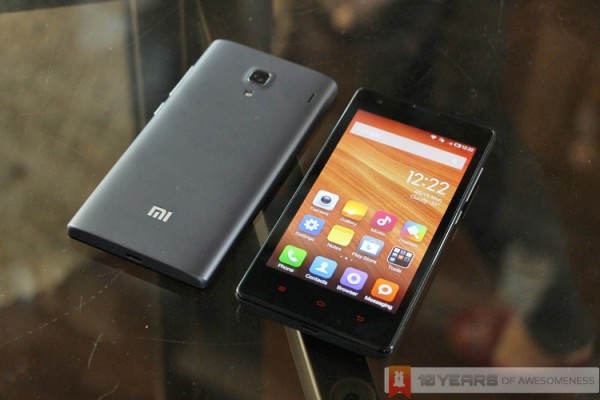
Not everyone can afford to get the latest flagship smartphones. Fortunately, this year we’ve seen a trend where the battle between the smartphone companies isn’t just focused on the flagship models, but also on the lower end of the scale. These phones offer exceptional value for money, packing a combination of hardware and software that is really hard to disagree with.
With that in mind, we thought, which is the best budget Android smartphone you can buy? We take a look at four candidates: the Huawei Honor 3C, ASUS ZenFone 5 and the Xiaomi Redmi 1S and Redmi Note.
HUAWEI HONOR 3C
The first of the four to come to Malaysia, the Honor 3C stirred plenty of interest, offering a 5-inch 720p display with a quad-core processor AND 2GB of RAM in a package that was rumoured to cost less than RM600. Huawei almost broke the Internet when it eventually announced that the Honor 3C will be priced at RM499.
As far as budget Android smartphones went at the time, this was the pick of the bunch. When it was announced, the other smartphones in its price range offered no competition. It was the only smartphone at the time to offer a generous 2GB of RAM at this price range, which makes the phone run very well despite the old MediaTek MT6582 1.3GHz quad-core processor and Mali 400 GPU. There’s no reason to complain about the 5-inch 720p display either.
ASUS ZENFONE 5
ASUS made plenty of headlines earlier this year with its latest ZenFone range. The company is better known for its PC hardware, and its earlier Android tablets were a hit-and-miss affair (with the exception of the Nexus 7, of course). But the ZenFone range was unique in the sense that they are powered by Intel’s latest Atom processors, and feature a camera technology ASUS calls PixelMaster.
The ZenFone 5 is the middle child of the ZenFone family, and arguably the best deal of the lot. There’s a 5-inch 720p display with the company’s GloveTouch and PenTouch technologies for extra display sensitivity, 2GB of RAM, 16GB of storage and a 8MP rear camera with the aforementioned PixelMaster. This phone is running on Android 4.3 with a UI ASUS calls ZenUI, and the company has also promised an update to Android 4.4, but so far there’s no information on that.
XIAOMI REDMI 1S
The second Xiaomi smartphone to enter the Malaysian market, not many realise just how good this phone really is. At RM419, this phone packs serious value for money. Offering a Qualcomm Snapdragon 400 1.6GHz quad-core processor at a package this affordable is close to unbelievable. No wonder Xiaomi co-founder Bin Lin uses this as his daily driver.
Of the four smartphones here, the Redmi 1S is also the smallest of the bunch, offering “only” a 4.7-inch display. But, for those looking for a larger display, there’s the Redmi’s larger sibling, the Redmi Note.
XIAOMI REDMI NOTE
The Redmi Note is Xiaomi’s first phablet, catered to an ever-increasing market in the industry. Offering a large 5.5-inch 720p display, it was also one of the first smartphones to use MediaTek’s MT6592 “true” octa-core processor.
And, in classic Xiaomi fashion, this phone packs some pretty serious hardware too. Besides the processor, the Redmi Note offers a generous 13MP rear and 5MP front-facing camera, while the 3200mAh battery means the phone won’t be giving up on you towards the end of the day.
We’ve got quite a battle in our hands, so let’s compare each of them by five aspects: design, hardware specs, software, camera and of course, price.
DESIGN
To be very honest, for devices at these prices, design is probably the last thing in every product manager’s list of priorities. You won’t find any metal unibody constructions, chamfered edges or anything with a semblance to “exquisite craftsmanship”. That being said, these phones are still built to be durable enough to last its intended lifespan.
All of these phones are made from plastic, with every one of them offering exchangeable back covers. Hence, if you’re not happy with that glossy white stock back cover, you can order a different one of your choice. The Honor 3C offers plenty of colours to choose from and can be purchased at RM19.90 apiece. The Redmi phones both offer an even more expansive set of covers, including some cool designs in addition to plain colours. But, you can only buy very few of them via its official webstore.
With that in mind, we think the best design offered by the four here is with the ZenFone 5. There’s no glossy plastic back that makes it look cheap (even if it is), while the clean design follows through the front with a classy metallic band at the bottom, its circular concentric lines reminiscent of the company’s super-desirable ZenBook laptops.
WINNER: ASUS ZENFONE 5
HARDWARE SPECS
At the top end of the scale, almost every flagship smartphone pack the same set of hardware: Snapdragon 801, 3GB of RAM, Full HD/2K display…it’s getting boring, and more importantly, reaching a point where these specs are overkill. Who needs a Quad HD display when the human eye can’t even tell the difference anyway?
Down the pecking order, that’s where things are really interesting. You’ve got the MediaTek-powered devices jostling for space alongside the Qualcomm-packed ones. Then, there’s Intel, who are pushing hard with its own set of mobile chipsets.
Which among the four has the best set of hardware, then? This table breaks it down:
As you can see, each device has its compromises. The Redmi 1S, for example, is the only phone here with 1GB of RAM, but is powered by arguably the most power-efficient chipset of the four. The Redmi Note offers the largest battery and display but is easily the heaviest phone of the lot. The Honor 3C sports a Sony rear camera sensor and has the best display of the four, but its processor and GPU are both very dated.
We ran two benchmarks to test out the hardware capabilities, and as we expected, they don’t tell the full story. While the Redmi Note scored the highest points for both Antutu and 3DMark, the user experience on MIUI isn’t as smooth as it is on the Redmi 1S. The ZenFone 5 actually scored higher than the Redmi 1S in benchmarks, but there are some concerns on battery life. The Honor 3C, with its dated hardware, scored last for both benchmarks, and you can actually notice jittery animations very often when using the phone, but the display is by far the best of the lot.
It’s a tough one to call, since everyone has a different priority when it comes to what makes a good smartphone. This one’s a draw.
WINNER: DRAW
SOFTWARE
The two Xiaomi smartphones here run on MIUI, an Android-based ROM, which means that the software has been tuned aggressively to Xiaomi’s flavour. While both phones run on MIUI v5, the Android versions they’re based on are different: the Redmi Note is based on Android 4.2.2 while the Redmi 1S is based on Android 4.3.
On the other hand, the Huawei Honor 3C and ASUS ZenFone 5 both run on Android skins developed by their respective companies. The Honor 3C runs a skin called EmotionUI while the ZenFone 5 features a UI called ZenUI. Each of these skins brings their own set of customisations and unique features.
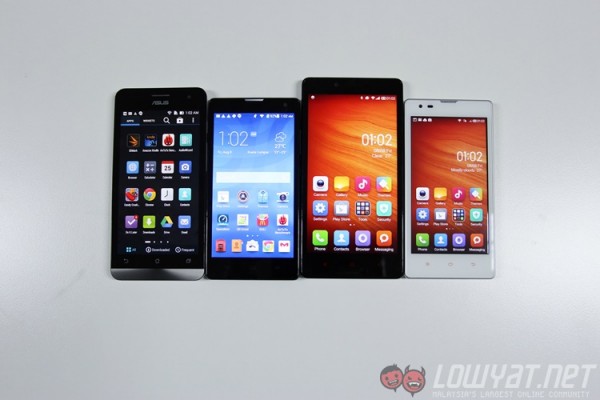
For example, EmotionUI (and MIUI) does not have an application drawer. Both Huawei and Xiaomi feel that the addition of an app drawer complicates things for new users, and so resorted to an iOS-style interface where all apps appear as icons on the home screens. These Chinese smartphones also feature different themes that can dramatically alter the look of the device. Xiaomi phones even come with a Themes store where you can download thousands of different themes, while the Honor 3C requires you to find third-party themes from its user forums, download and store them in a specific directory, and then install them. Quite a hassle, and probably not worth it.
On the other hand, ZenUI feels responsive and light, with animations that are taken straight from stock Android – and that’s a good thing. The prevailing use of light colours also lend to a clean and minimalist feel, which almost perfectly encapsulates the “Zen” in ZenUI.
All four devices also feature a simplified user interface. Whether it’s Lite Mode, Easy Mode or even Simple Home Screen Style, all of them serve to make it easier and less daunting for first-time smartphone users or the elderly to navigate around the device.
However, the sheer customisability of MIUI gets our vote for this round. It’s a tough call, but the newer version of Android on the Redmi 1S slights it in favour of the Redmi Note.
EDIT: It has been pointed out to us that the video states that the ZenFone 5 was the winner for this segment, which contradicts the above sentence. Originally, we did agree that MIUI would take the crown, but after a rather long discussion about ZenUI from a colleague who was using a ZenFone, we agreed that the light, near-stock Android feel and the surprisingly intuitive “What’s Next” feature wins it for the ZenFone – though you can’t go wrong with MIUI either.
WINNER: ASUS ZENFONE 5
CAMERA
The smartphone camera. Something which has become one of the most important aspects when choosing a smartphone. With the exception of the Redmi Note, all smartphones here feature 8MP rear cameras, which will be our main focus in this segment. Hence, for the Redmi Note we changed the image settings to shoot at 8MP.
For the first test, we snapped some shots indoors with a spotlight beamed at our subject (thank you, Lego Capt). Here are the image outputs from each of the phones, all captured in Automatic mode:
(Click for full resolution)
As you can see, each of the phones produced images that are more than acceptable with plenty of detail. The only perceivable differences here are with the colour reproductions, where the Honor 3C and Redmi Note’s images are a little washed out, while the ZenFone 5 slightly oversaturated the colours. The most accurate colours were actually from the Redmi 1S. That being said, we think the best overall image was taken on the ZenFone 5, only slightly edging out the Redmi 1S.
WINNER: ASUS ZENFONE 5
We did another camera test, this time in a darkened area of our office to test out the low-light capabilities of each smartphone camera. Here’s how it went:
(Click for full resolution)
![]() ASUS ZenFone 5 (Low-Light Mode)
ASUS ZenFone 5 (Low-Light Mode)
One would think that with the PixelMaster technology and the Low-Light mode, the ZenFone 5 would run away with this one, but that is not the case. The Honor 3C struggled all the way, while the Redmi 1S got the colour tint all wrong despite resolving a fair amount of detail. But it is the Redmi Note which found the best mix of brightness, detail and saturation. So what happened to the ZenFone 5? It overcompensated in brightness for both Automatic and Low Light modes, making the final image a disappointing one on both counts.
WINNER: XIAOMI REDMI NOTE
PRICE
Ultimately, this is what many consumers looking for a smartphone in this price range will be focused on the most. While there are many who would be able to afford a top Android smartphone, there are many more who would go for the smartphone that offers the best value for money.
While each of these devices here offers exceptional value for money, the cheapest of the four is almost RM200 less than the most expensive one. Hence, the Redmi 1S wins this round.
WINNER: XIAOMI REDMI 1S
FINAL VERDICT
Let’s take a look at our candidates once again. The Huawei Honor 3C may have been the top dog several months ago, but it has been surpassed by newer, more competitively-priced devices. The Redmi Note, on the other hand, is both chunky and has a processor that does well in benchmarks but less so in rendering scrolling animations – which can be deemed more important.
That just leaves us with two, the Xiaomi Redmi 1S and the ASUS ZenFone 5 – the cheapest and the most expensive devices in our list at RM419 and RM599 respectively. On the one hand, the Red mi 1S packs arguably the best chipset among the four – but is let down by its uninspired design and low RAM.
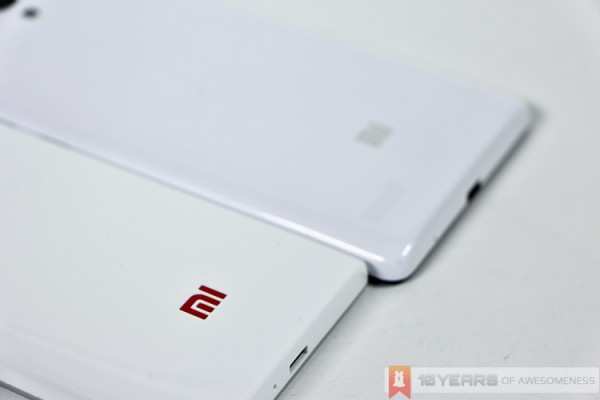
The ZenFone 5 is very handsome, has great build quality while its camera is actually pretty good. But, at RM599 it’s a pretty hard sell considering that the Xiaomi Mi 3 – a significantly better smartphone – is just RM170 more.
It’s a very, very tight race in the end, but we feel that overall, the best value for money smartphone is the Xiaomi Redmi 1S. A solid performer in all five aspects we tested, it is also the cheapest of the four smartphones in this shootout. Combine that with the fact that you can even find Snapdragon 400-powered phones priced almost RM1000 more expensive than the Redmi 1S, and it’s easy to see why this is the budget Android smartphone of our choice.
Just get the matte grey one. It looks a lot better.
Many thanks to Snapshack Studios‘ awesome studio for the shoot!
Follow us on Instagram, Facebook, Twitter or Telegram for more updates and breaking news.


